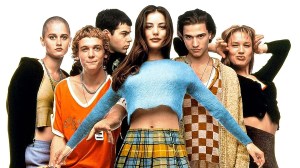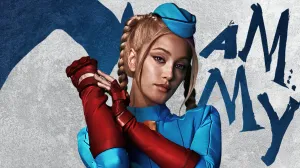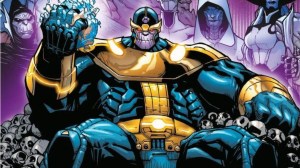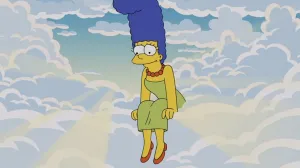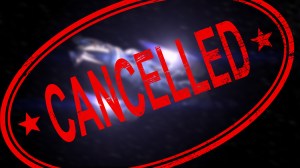The upcoming release of the Dragon Ball Z: Kakarot video game has once again brought iconic villain Cell into the spotlight. Kakarot allows players to replay Dragon Ball Z‘s Cell Saga and its epic Gohan story arc, and that nostalgia has once again made fans thirsty to see Cell revisited in the Dragon Ball Super universe.
Videos by ComicBook.com
However, just wishing for Cell to make a comeback isn’t enough – there has to be a reasonable pathway for the villain to return to the Dragon Ball universe. So How Could Dragon Ball Super Bring Cell Back? Here are several of good ways:
Alternate Times

The entire Android Saga and Cell Games Saga story arcs in Dragon Ball Z were centered around the idea of Heroes (Future Trunks) and villains (Dr. Gero’s Androids) coming back from alternate futures to influence events in Goku and the Z-Fighters’ present day lives. While they’ve admittedly become very confusing, Dragon Ball‘s alternate timelines are also subjects of deep intrigue for fans, and the series hasn’t been shy about revisiting the concept.
Dragon Ball Super already brought back the character of Future Trunks and his timeline in the “Future Trunks Saga” arc. That story had a lot of convoluted time travel mechanics about cause and effect, and it wouldn’t be too hard for Dragon Ball Super to reveal that one of the consequences of defeating Zamasu and Goku Black during “Future Trunks Saga” was a paradox that created a new Cell timeline – one that introduces an even more advanced and dangerous version of Dr. Gero’s androids.
New Origin

As stated above, the Cell’s original origin comes with a lot of convoluted time travel and alternate timelines theory. If Dragon Ball Super was to re-introduce Cell, it may honestly be easier to do so from a ‘fresh start’ perspective. Namely: a new and less cumbersome origin story.
Cell’s original origin comes from Dragon Ball Z‘s vision of the future – in other words, a future as imagined by people living in the 1980s. Now that it’s almost 2020, we’re living in a future that’s much different than what most 80s movies or shows could imagine, so Dragon Ball Super could make Cell a modern technology creation, rather than a future one.
It’s believable that a new version of Cell would get built in the current timeline of Dragon Ball Super – especially after the future Androids came back to affect present day events. That approach would also give a Dragon Ball Super Cell arc a nice ‘race against the clock’ urgency, since Goku and Co. would know what kind of future would result if this new Cell was ever completed.
Finally, a new origin for Cell set in current DBS time would also be a great way to introduce a character like Android 21 (the fan-fav villain of the Dragon Ball FighterZ video game) as the new architect of Cell. That twist would fit in line with the sort of backup plans Dr. Gero was always making, and would be a great mix of old and new for a sequel Cell arc.
Jr. Becomes Sr.

A backup story in the Dragon Ball Super manga revealed that Android 17 is keeping Cell Jr.’s on his island animal preserve. These domesticatd Cell Jr.’s were supposedly respawned from remains of the Cell Jr.’s Gohan fought in the Cell Saga – meaning there’s literally means for Cell’s return currently walking around Dragon Ball Super‘s continuity. All it would take is the right program command for those Jr.’s to merge back into a full-fledged Imperfect Cell, and start the whole horrific absorption process again.
Do you want to see Cell returns for a Dragon Ball Super arc? Let us know in the comments!
Dragon Ball Super currently airs its English dub on Adult Swim during the Toonami programming block on Saturday evenings, and is also available to stream on Funimation and Amazon Video. The Japanese-language release of the series is complete, and available to stream on FunimationNOW and Crunchyroll. The manga has chapters that can currently be read for free thanks to Viz Media, and Dragon Ball Super’s big movie, Dragon Ball Super: Broly, is now available on Blu-ray and DVD.


